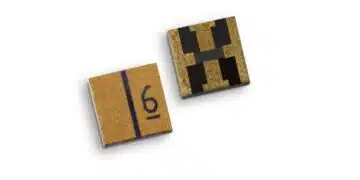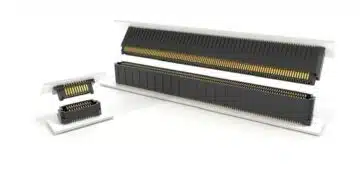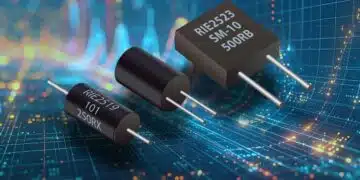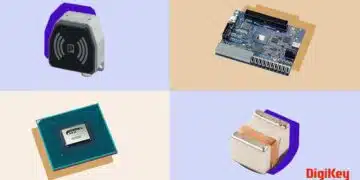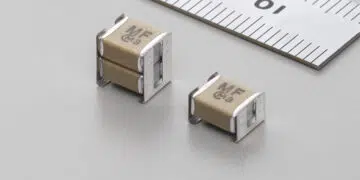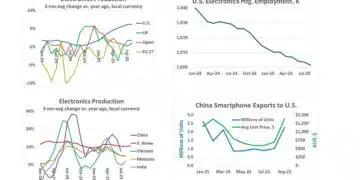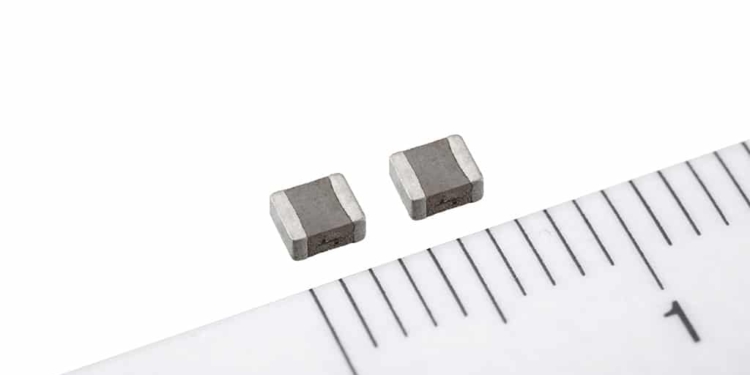Source: TDK news
TDK Corporation (TSE:6762) announces the TFM252012ALVA thin-film metal power inductors that can be connected directly to a 12 V car battery while maintaining small dimensions with a footprint of just 2.5 mm × 2.0 mm and a height of 1.2 mm.
Thanks to the magnetic metal core these newly developed inductors offer a rated current of 1.6 A and an inductance of 4.7 μH. They are able to withstand severe temperature environments with an operating temperature range of -55 °C to +150 °C (including increase by self-heating) and are therefore especially suited for automotive power circuits. Mass production of the series started in February 2019.
To date, no thin-film metal inductors featuring a footprint smaller than 9 mm2 are on the market that can be used coupled to a 12 V car battery*. The newly developed TFM252012ALVA inductor achieves a rated voltage of 40 V with a footprint smaller than 9 mm2, thanks to the material technologies and structural design unique to TDK, and thus can be used in power circuits with an input directly coupled from a 12 V car battery.
In today’s automobiles, electronic control units are increasingly being installed to electrify various control functions and to implement in-vehicle information communication, autonomous driving, and other functions. The number of automotive ECUs necessary for implementing ADAS** and thereby the number of inductors for power circuits used in these units have been increased. However, because the number of parts has been increasing while mounting space is limited, there is a growing demand for small-size electronic parts featuring high performance and reliability. TDK is responding to such market needs with products like the new TFM2520ALVA inductor.
TDK will continue to contribute to the miniaturization of modules for automotive power circuits by expanding the lineup of products with various dimensions and inductance values and thus supplying inductors suitable for many designs and applications.
* Industry-leading rated voltage: Rated voltage of 40 V by the inductor with a footprint of 9 mm2 or less using a metal magnetic material as the core material
** Advanced Driver Assistance System
Main applications
- ADAS, power trains, car telematics (infotainment) systems, various automotive ECUs, and others
Main features and benefits
- Realizing a rated voltage of 40 V and usable in power circuits which are connected directly to a 12 V car battery
- Capable of operating at high currents of up to 1.6 A by using a newly developed metal core
- Suitable for a broad temperature range of -55 °C to +150 °C
Key data
| Type | Inductance [μH] @ 1 MHz |
DC resistance [mΩ] max. |
Isat* [A] | Itemp** [A] | ||
|---|---|---|---|---|---|---|
| max. | typ. | max. | typ. | |||
| TFM252012ALVA4R7MTAA | 4.7 ±20% | 200 | 1.9 | 2.2 | 1.6 | 1.8 |
* Based on an inductance decrease of a 30%
** Based on a temperature increase of 40°C by self-heating


